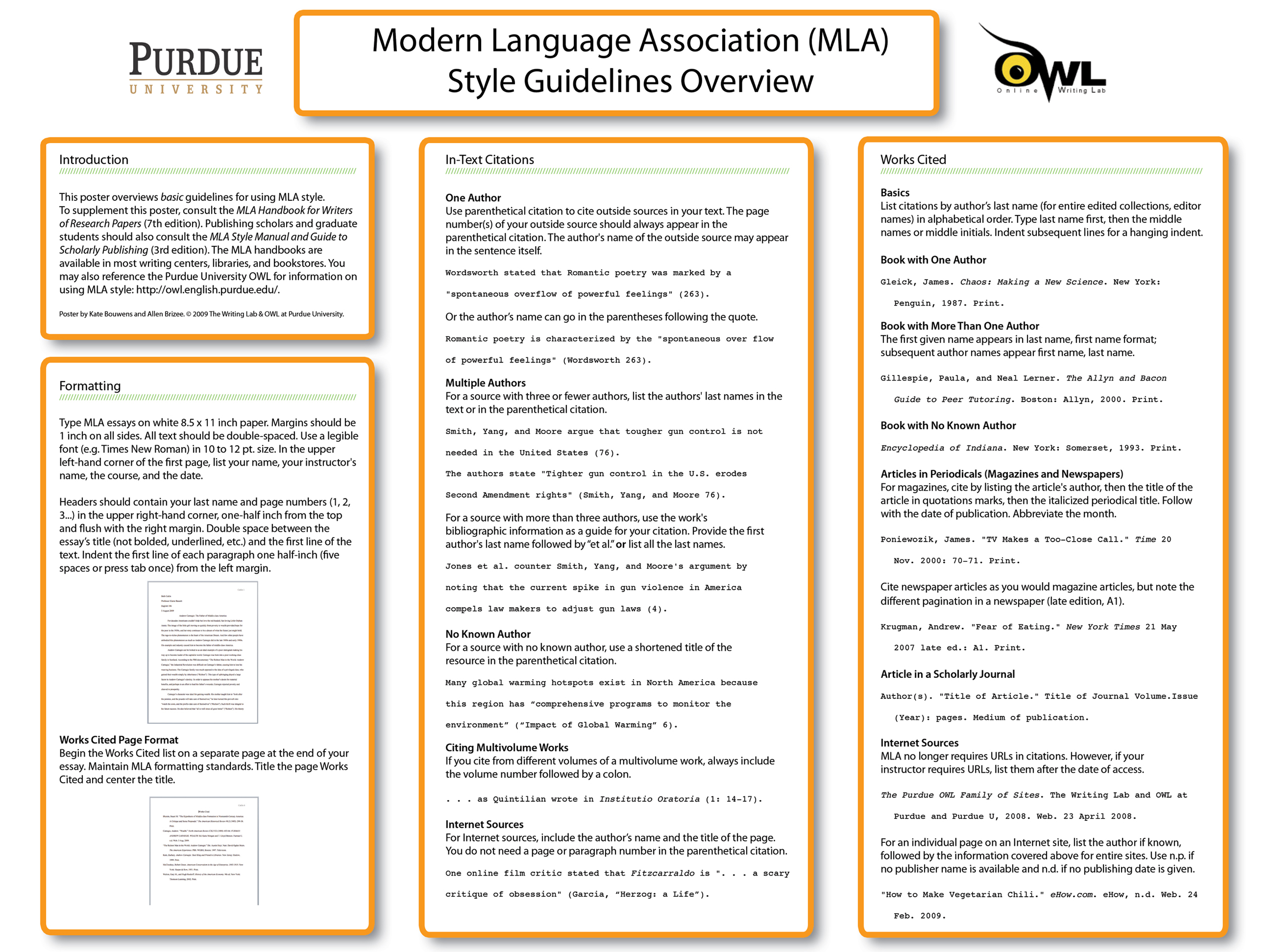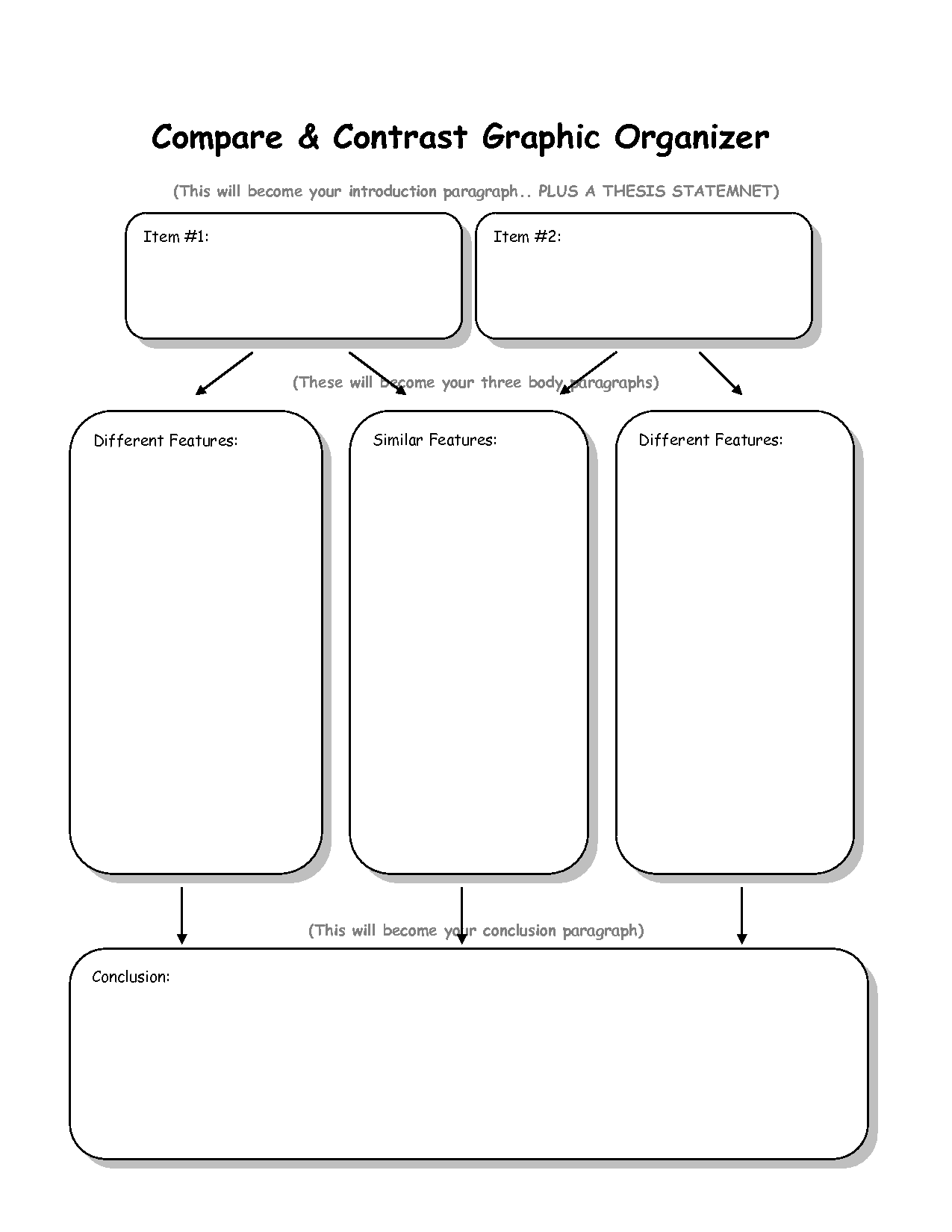Introduction
|
Terry, Tanya |
Comp I Fall 2020 Syllabus
Not published to studentsCurrentCommas
Not published to studentsCurrentComma errors are all too common in writing. To help you learn "comma sense," use the tools in this lesson.
1. Study the document titled "Commas."
2. Click on the link titled "Commas YouTube Video" to watch "Einstein" as he reviews some comma rules.
3. Click on the link titled "Online Comma Practice Quiz" to take a quick comma practice quiz online.
4. Take the comma quiz posted here. This one counts as a grade, so do your best!
Semicolons and Colons
Not published to studentsCurrentMany writers do not understand the correct way to use semicolons and colons. To help you master these rules, use the tools in this lesson.
1. View the document titled "Semicolons and Colons."
2. Click on the link below to watch a YouTube video titled "Semicolons by Shmoop."
3. Click on the link below to watch a YouTube video titled "Colons by Shmoop."
3. Click on the link below to take a practice quiz over semicolons online.
4. Take the quiz posted here. This one counts as a grade, so do your best!
Apostrophes
Not published to studentsCurrentAlthough the rules for using apostrophes may seem simple, they still cause problems for some writers. Use the tools in this lesson to help clear up any confusion you have about apostrophe use.
1. Click on the link below to view the document titled "Rules for Finding and Fixing Apostrophe Errors" at the website Grammar Bytes!
2. Click on the link below to watch a YouTube video titled "When to Use Apostrophes."
3. Click on the link below to take a practice quiz over apostrophes online.
4. Take the quiz posted here. This one counts as a grade, so do your best!
Quotation Marks
Not published to studentsCurrentQuotation marks are important when quoting the words of others and for designating special words. Use the tools in this lesson to help you master their correct use in your writing.
1. View the document titled "Quotation Marks."
2. Click on the link to watch a YouTube video titled "Quotation Marks Song."
3. Click on the link below to take a practice quiz over quotations marks online.
4. Take the quiz posted here. This one counts as a grade, so do your best!
Subject-Verb Agreement
Not published to studentsCurrentMost writers know that a singular subject needs a singular verb and a plural subject needs a plural verb, but sometimes it is a little tricky to achieve subject-verb agreement. Use the tools in this lesson to help you learn how to keep your sentences in agreement.
1. View the document titled "Subject-Verb Agreement."
2. Click on the link to watch a YouTube video titled "Subject Verb Agreement by Shmoop."
3. Click on the link below to take a practice quiz over subject-verb agreement online.
4. Take the quiz posted here. This one counts as a grade, so do your best!
Sentence Fragments
Not published to studentsCurrentSometimes sentence fragments creep into your writing. Use the tools in this lesson to help you learn how to avoid and how to correct sentence fragments in your writing.
1. Click on the link below to view the document titled "Rules for Finding and Fixing Fragments" at the website Grammar Bytes!
2. Click on the link below to watch a YouTube video titled "Sentence Fragments by Shmoop."
3. Click on the link below to take a practice quiz over sentence fragments online.
4. Take the quiz posted here. This one counts as a grade, so do your best!
Comma Splices and Fused Sentences (Run-Ons)
Not published to studentsCurrentSometimes we try to put too much information in one sentence and end up with a comma splice or a fused sentence (run-on). Use the tools in this lesson to help you avoid comma splices and fused sentences (run-ons) in your writing.
1. View the document titled "Comma Splices and Run-On Sentences."
2. Click on the link to watch a YouTube video titled "Comma Splices by Shmoop."
3. Click on the link to watch a YouTube video titled "Run-On Sentences by Shmoop."
3. Click on the link below to take a practice quiz online.
4. Take the quiz posted here. This one counts as a grade, so do your best!
Pronoun References and Antecedent Agreement
Not published to studentsCurrentSometimes writers unintentionally cause confusion through errors in pronoun reference, agreement, and point of view. Use the tools here to help clear up any confusion you have about apostrophe use.
1. View the document titled "Rules for Finding and Fixing Pronoun Agreement Errors." Next, view the document titled "Rules for Finding and Fixing Pronoun Reference Errors."
2. Click on the link to watch a YouTube video titled "How to Identify Pronoun Shifts by Shmoop."
3. Click on the link to watch a YouTube video titled "Subject and Object Pronouns by Shmoop."
3. Click on the link below to take a practice quiz online.
4. Take the quiz posted here. This one counts as a grade, so do your best!
Parallelism
Not published to studentsCurrentPatterns are pleasing to the human mind, and that is why parallel structure works well in writing. Parallelism lends elegance to ordinary sentences. Use the tools here to help you learn how to achieve parallelism in your writing.
1. View the document titled "Parallelism."
2. Click on the link to watch a YouTube video titled "Parallel Structure by Shmoop."
3. Click on the link below to take a practice quiz over parallelism online.
4. Take the quiz posted here. This one counts as a grade, so do your best!
Basic MLA Guidelines
Not published to studentsCurrentWhat is MLA style?
MLA is an editorial style recommended by the Modern Language Association (MLA) for preparing scholarly manuscripts and student research papers. It is the standard format for papers, articles, and books in the arts and humanities.In addition to providing standardized rules for formatting a paper (margins, line spacing, etc.), MLA provides a consistent method for citing ideas, quotations, facts, and paraphrases borrowed from other sources. This standardized format for identifying sources used in a paper makes the paper more credible and ensures that other authors are given credit for their original thoughts and ideas.
Are there other styles?
Just as MLA is used by teachers in the arts and humanities, instructors in business, the social sciences and health sciences may ask you to format your paper in APA style. There are slight differences between the formats and each has a unique set of rules. Note the differences between the MLA and APA citations given below:A book citation in MLA
Kasson, John F. Civilizing the Machine: Technology and Republican Values in America 1776-1900. New York: Penguin, 1976.Print.
- Author's last name written out completely
- Date of publication appears at end of citation
- All major words in title capitalized
The same book citation in APA
Kasson, J. (1976). Civilizing the machine: technology and republican values in America 1776-1900. New York: Penguin.
- Author's last name and first initial only
- Date of publication appears at beginning of citation
- Only first word of title is capitalized (and proper nouns)
Based on what you know so far, which one of these citations is probably in MLA format?
Kauffmann, S. (1993, October 18). On films: class consciousness. The New Republic, p. 30.
Whitaker, Mark. "Getting Tough at Last." Newsweek 10 May 1993: 22.Print.If you chose the second entry, you are correct!
Use the resources in this lesson to help you feel comfortable using MLA style when writing papers.The resources for this lesson are a little different from the other lessons. You may want to refer to the information provided here when taking the quiz. Make sure you take the practice quiz before taking the graded quiz.
Class Handouts and Power Points
Not published to studentsCurrentTC Library Links:
- ENGL 1301 Lib Guide:
http://guides.texarkanacollege.edu/c.php?g=369425 - To ask a TC Librarian a question click on this link:
https://www.texarkanacollege.edu/library/ask-a-librarian/
Course Dashboard

